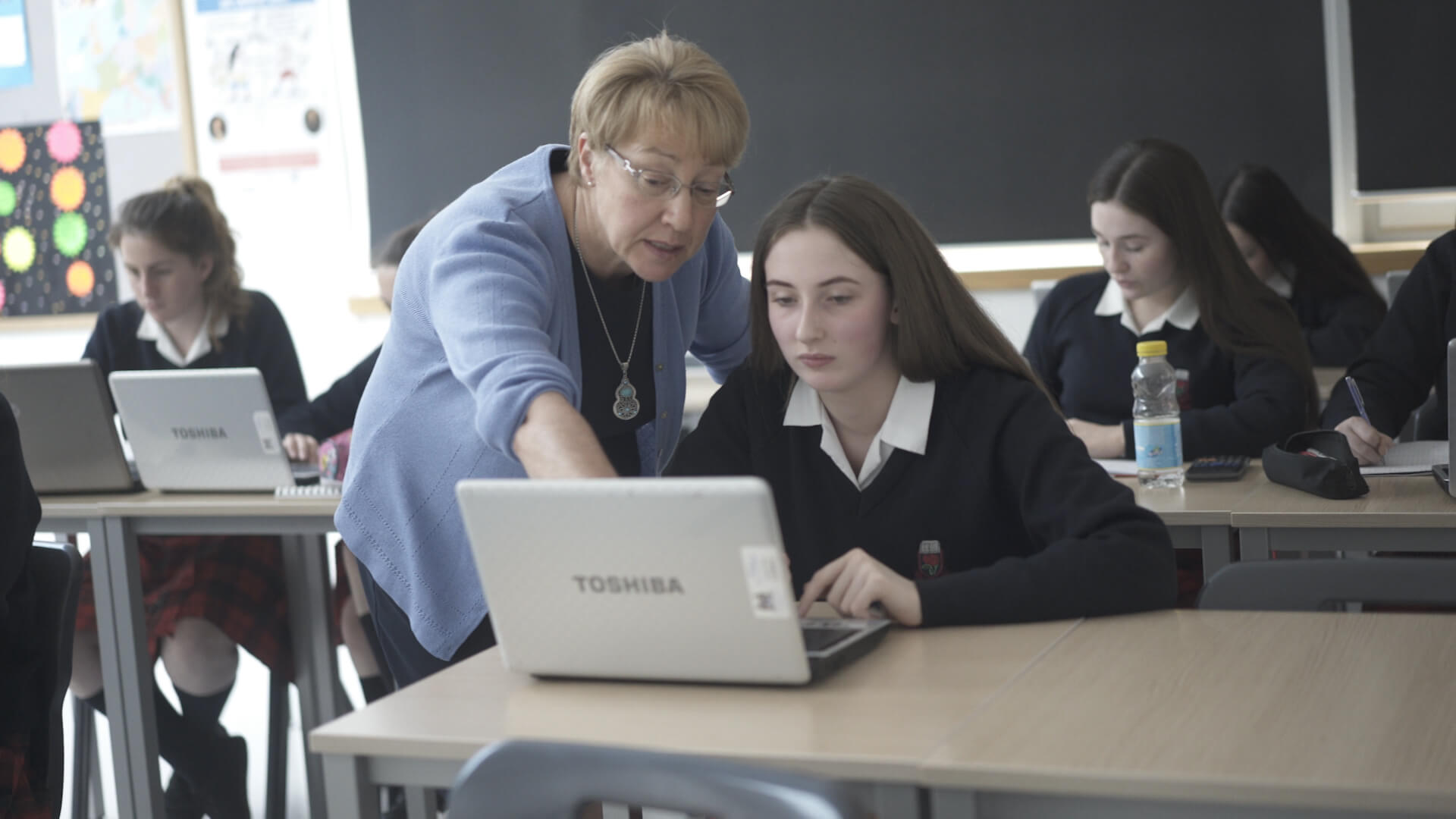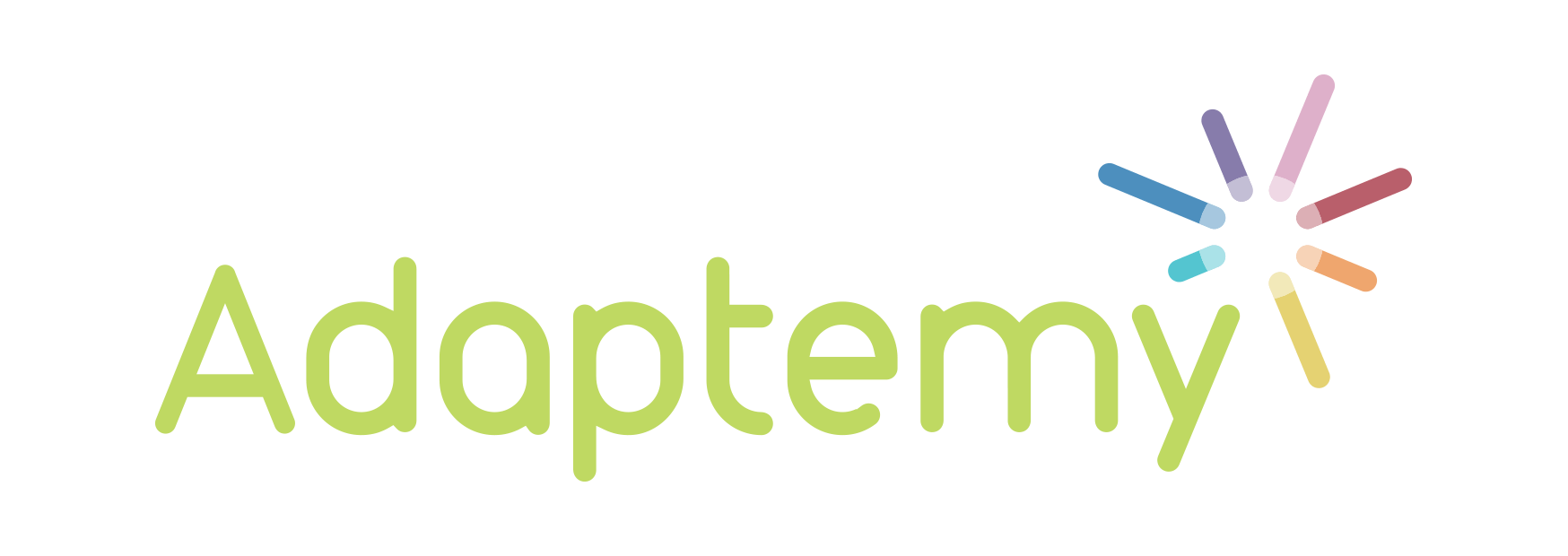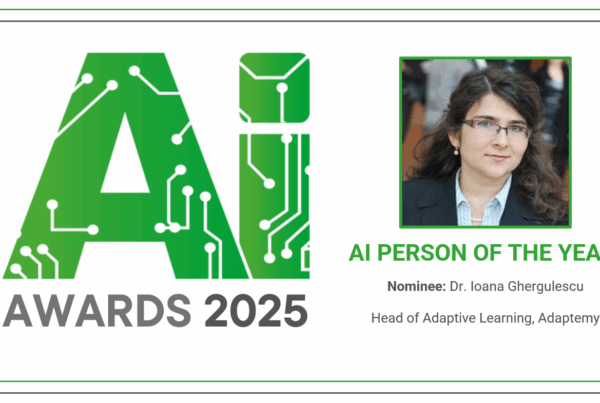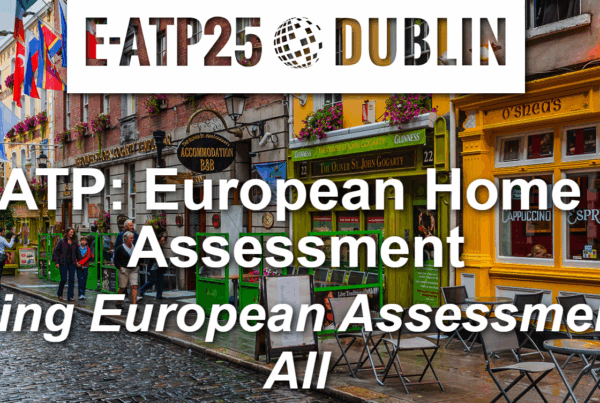
Educational publishing is undergoing a profound change. As society moves evermore online and into the digital arena, so too must publishers follow. The desire among parents, educators, entrepreneurs and governments to improve student learning experiences and deliver more personalised solutions through technology, has given rise to the rapidly growing Edtech industry.
Of the many Edtech tools available, none is causing more of a stir than adaptive learning. Adaptemy has helped thousands of children around the world achieve better grades while generating new revenue streams and a real point of differentiation for the publishers we work with.
What is adaptive learning?
Put Simply, adaptive learning is the tailoring of the learning experience to the unique needs of each student, based on a process of continuous feedback and evaluation of each student’s progress and behaviour. Recent dramatic improvements in technology, both in online devices and A.I systems, have laid the foundations for the development of this technology.
For publishers interested in adaptive learning, there are a number of fundamental requirements, which must be adhered to if they wish to be considered truly adaptive:
Learner-centricity – Adaptive learning bends educational content to best-fit student needs, not the other way around. It does not simply recommend the next topic or concept to the student. It suggests the most appropriate action and content that matches the individual’s learning journey. It’s highly personalised and, essentially, modular.
Culturally sensitive – Those in the game know teaching styles change not only between classrooms and schools, but also counties and countries. True adaptive learning solutions accommodate such differences and are highly socially aware.
Technology-lead – So intrinsic is technology to adaptive learning that it’s often left out of explanations, leaving those new to the conversation baffled. Adaptive learning is an educational method that uses computers as interactive learning devices. It presents educational content and resources to the user according to their unique needs. Publishers must be fully committed to their digital strategy for adaptive learning to work.
Intentional – Unless the application of technology in a classroom significantly improves learning experiences and outcomes, it does not belong in a classroom. Adaptive learning is not technology for the sake of using technology. It’s intentional in its purpose. That is, to improve educational experiences and outcomes.
Real-time – Just as teachers must be able to view the real-time progress of their class and measure effort as well as achievement if they are to have any real impact, publishers too must be able to see just how their product is working if it is to improve and adapt to the classroom. Adaptive learning offers such insight.
Sustainable – Adaptive learning builds confidence and robust abilities in students by providing them with clear and meaningful visualisations of their learning progress. This fosters self-awareness and has been proven to lead to higher intrinsic motivation over time.
Why are publishers so interested?
There are probably as many reasons for investing in adaptive learning as there are publishers in the world. However, our experience has shown that one or more of the following factors lies at the core of every publisher’s motivation. In case you missed our top three reasons why publishers are investing in adaptive learning, here’s a short summary of their main drivers:
Differentiation
The once high barriers to entry in educational publishing are long gone. New media companies have flooded the market, stealing market share and creating a lot of noise. Today publishers must create a point of difference that makes them stand out from the crowd.
Adaptive learning enables them to do just that. While others fight to push their purely print solutions, those offering an adaptive learning tool, that supports teachers and gets results, are sure to grab the attention of their customers.
Find out how Raabe used adaptive learning to differentiate and re-invigorate their brand.
New Revenue Streams
Revenue margins for print continue to decline and the perceived value of many digital products has been eroded through years of free supplementation, educational publishers must find a way to monetise their digital products if they are to survive.
Ebooks, whiteboards, resource banks and numerous other products have all failed to generate anything substantial. To create a sustainable revenue stream, a digital product must justify itself to the market. It needs to be effective, with demonstrable improvements in learning outcomes. Moreover, it must be easy to adopt for all teachers.
At Adaptemy, our adaptive learning solution does just that. Using our deep understanding of teaching and advanced machine learning technologies, we’re giving publishers a monetised, digital competitive edge.
Find out how Folens used adaptive learning to monetise its digital products.
Become an Industry Leader
As mentioned, over the years countless digital products have been given away for free as an added incentive to purchase their print products. With little or no revenue to be gained from them, the digital solutions have often been of a low quality, where teachers see them as little more than bundled products, that add little value.
Interestingly, this negative sentiment has created the perfect opportunity for publishers to stand out from the create and establish themselves as industry leaders within their markets, by developing a high-quality Edtech solution, that’s been proven to improve classroom engagement and student learning.
The world of educational publishing is changing. Those who embrace and invest in digital are gaining market share and positioning themselves as leaders not just today but for the years to come.
At Adaptemy, we provide educational publishers with the technologies, tools and guidance to create these environments for their schools and classrooms around the world. Our key innovations are in tailoring the learning experience to the student by the second, and understanding the role of the teacher and social dynamics of the classroom.
Get in touch to find out how we can support your digital strategy.




